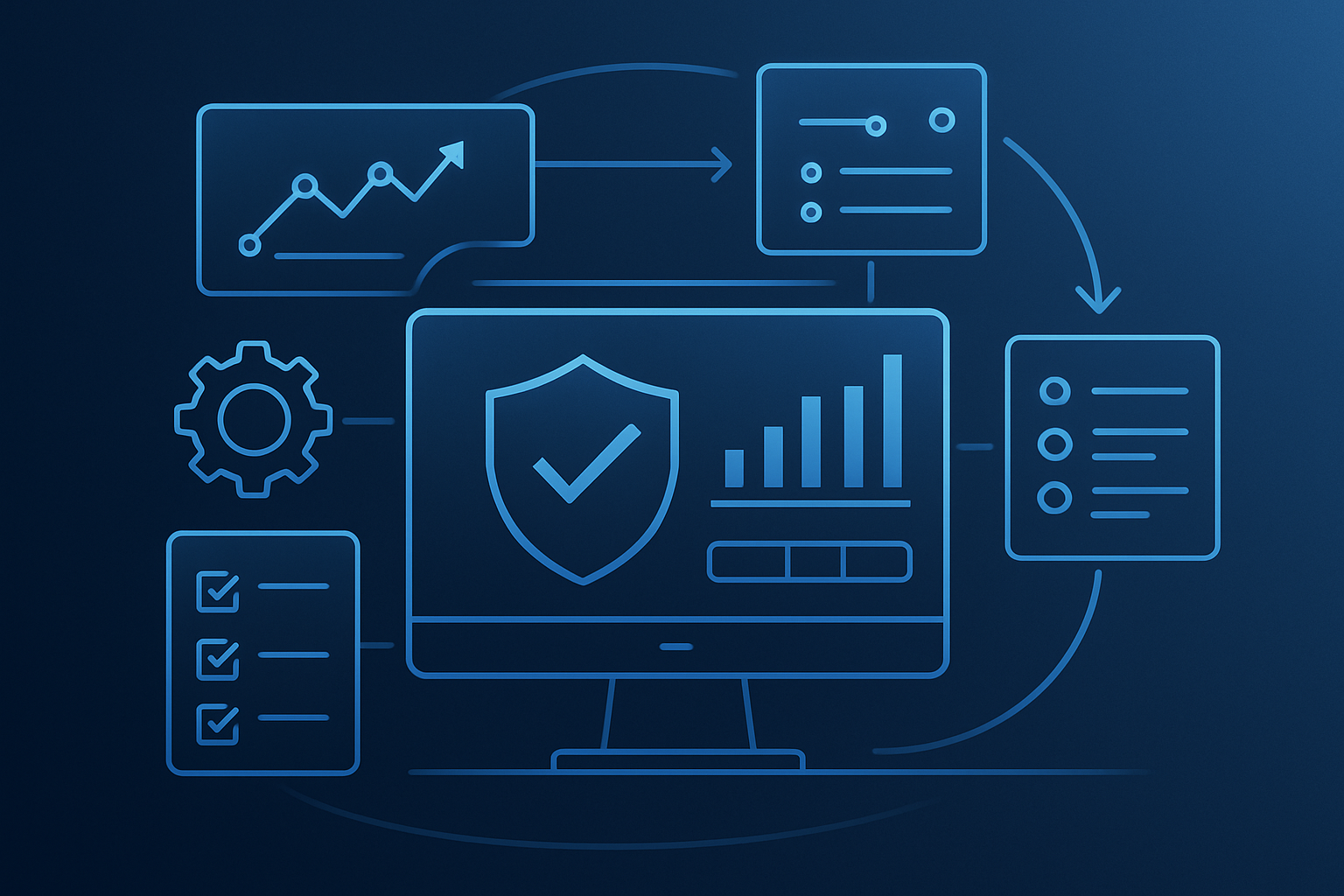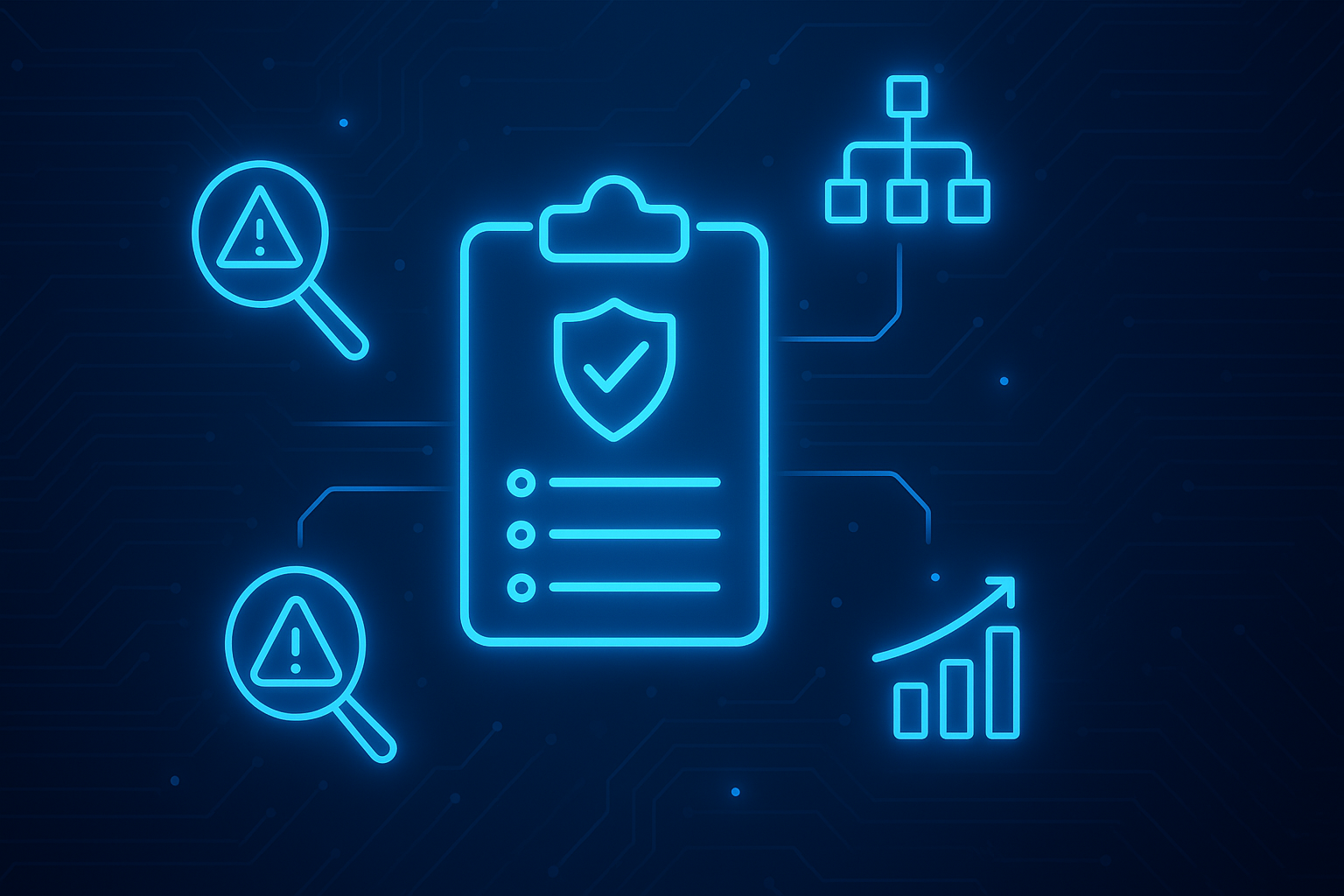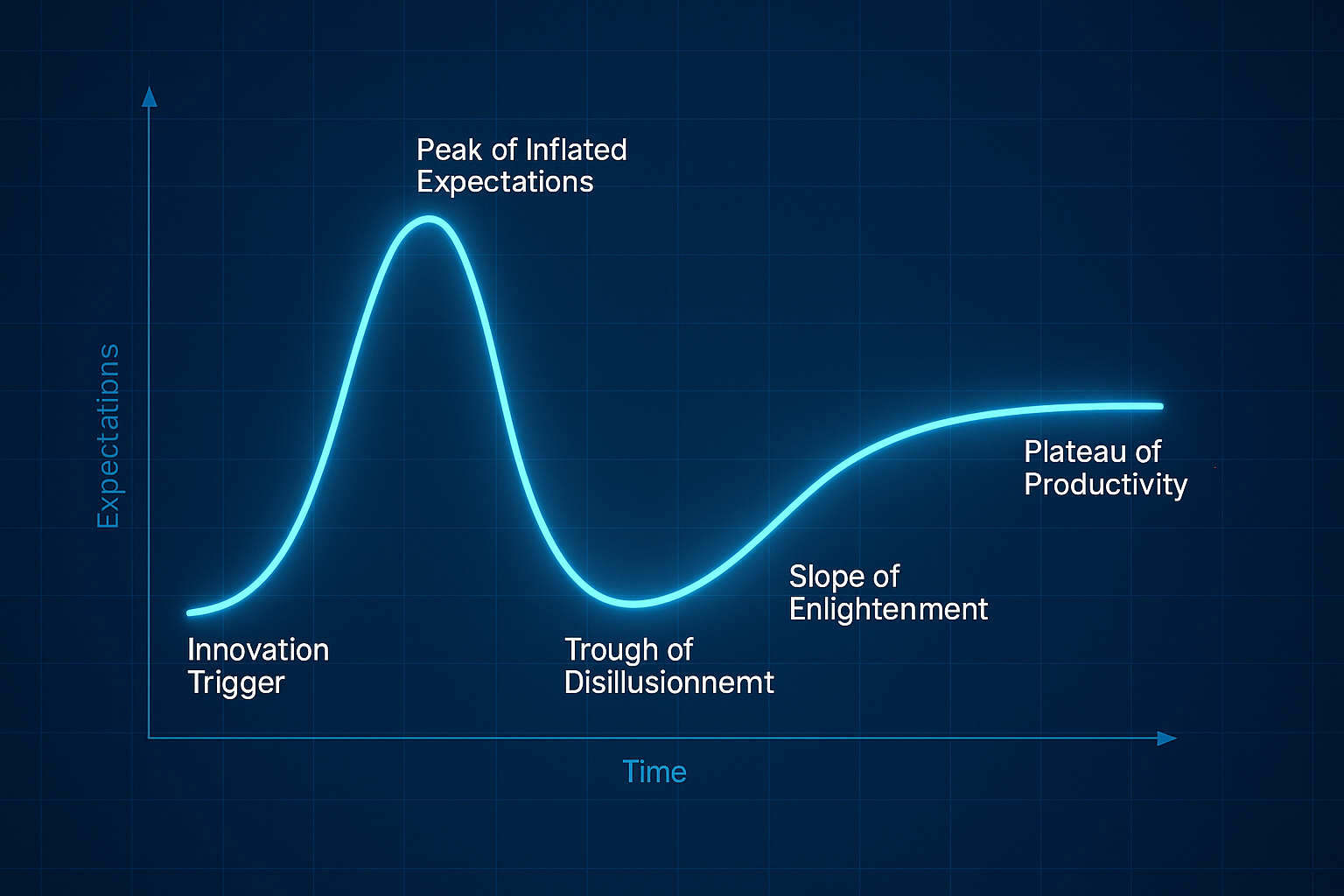The healthcare industry has rapidly changed over the past decade, with numerous advancements in how patients and sensitive information are processed digitally. Artificial intelligence, blockchain electronic health records, virtual reality, and telemedicine are just a few ways the healthcare system has made care safer for patients and practitioners alike. But too often, these efforts don’t go far enough to protect against cyber threats. With the COVID-19 pandemic, healthcare companies need to undergo a digital transformation that is more significant than ever. Bad actors and other cyber threats have amplified their healthcare industry efforts, as it bears the weight of maintaining public health amidst a global crisis. There are some key things to keep in mind when initiating and tracking steps towards digitalization, and keeping cyber risk and compliance at the forefront of the organization’s digitization efforts will prove to not only make the process easier to navigate but will also keep the organization and its clients protected.
Using a gold-standard framework like HIPPA or the NIST CSF in tandem with an integrated risk management solution can do wonders to alleviate the stress and resources used when undergoing a digital transformation in healthcare. Identifying and measuring the risks the organization faces using big data to identify gaps and vulnerabilities is crucial in using resources towards compliance effectively.
Maintaining Quality of Care During Digital Transformation
One of the most important things to consider when approaching a digital transformation initiative is keeping a measurable standard of operation for the organization to follow. This standard is good for improving patient care over time and allows teams to identify where the cybersecurity program could use improvement. A good standard of practice is to benchmark the organization and measure against the aspirational cybersecurity posture of the future or immediately after an event. Additionally, creating an incident response plan is necessary in the face of a cybersecurity event that could present the organization with potential financial, reputational, or operational damage.
Workplace Resources Amid Digital Transformation
Keeping a comprehensive inventory of the organization's information, sensitive patient data, digital technology, and physical assets is necessary for becoming digitized. Knowing what and where assets are, which healthcare professionals have access to them, and what medical records they store is an essential set of information in a cyber threat or breach and can help the organization recover quickly from a crisis.
Staying Connected to Critical Information
Knowing the networks the organization operates on is a necessary process toward becoming digitized. Systems transmitting sensitive information must be encrypted and accounted for. The Department of Health and Human Services reported a 50% increase in reported breaches among healthcare organizations compared to last year. During a time of such volatility, undergoing a digital transformation is needed to not only protect digital health systems and health information but patients as well.
Addressing Digital Risks for Healthcare Organizations
Tackling digital transformation objectives with cyber risk and compliance in mind will require the organization to go further than the typical needs of GRC tools. Using an integrated risk management solution like CyberStrong can help the organization look at its cyber posture and policies in real time, presenting data so the entire organization can understand and become aligned with it. This will allow leaders and stakeholders to accurately identify where the organization needs to improve and address policies that will do so in a cost-effective way — allowing leaders to express and justify the needs within digitization efforts to the Board and business stakeholders.
If you have any additional questions about how to execute your digital transformation objectives, integrated risk management, or how CyberStrong can help strengthen your cybersecurity team, give us a call at 1-800-NIST CSF or click here to learn more.





.png)
.png)
.png)
%201.png)
.png)




